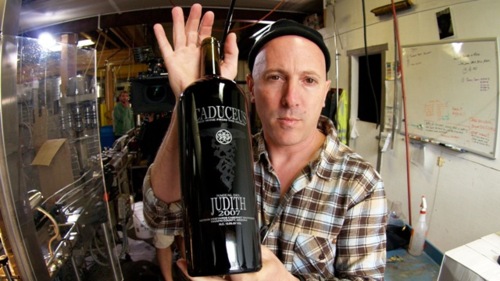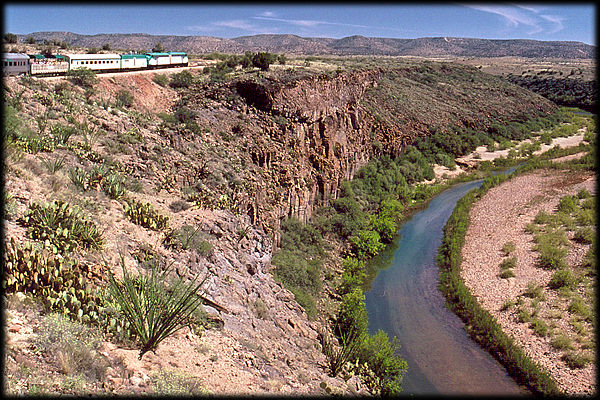Name:Domaine Pinnacle
Variety: Apples
Region:Quebec
Year: 2010
Country: Canada
Price: $5 for 50ml
Wine critic review: Award-winning and critically-acclaimed, Pinnacle Ice Cider is
produced from a select blend of hand-picked apples, harvested after
frost and extracted naturally over the winter months. The unique
combination of ideal summer growing conditions and cold Canadian winters
create a product like nothing else you have ever tasted!Rich, golden and full-bodied in the glass, our Ice Cider has an
appealing mellow flavor and clean, distinct taste of apples that builds
from its smooth, velvety start to its well-balanced, long-lasting
finish. (Domaine Pinnacle website)
Personal
Review: This is extremely sweet. Pretty much tasted like liquid candy.
Smells of citrus, pummelo, apple, and sweet pear.It tastes like a
candied apple. An apple petrified in sugar. I probably would have liked
it more if I cut it with some Perrier or seltzer. Far to sweet for my
taste buds. Like an apple Moscato. Would probably serve best as a
dessert more than an aperitif for beginner drinkers.
Name: Monasterio de las Vinas
Variety: Rioja
Region:Crianza
Year: 2005
Country:Spain
Price: ~$19
Wine critic review: This dry, medium-bodied and woody red displays a simple and medium nose.
On the palate, its refreshing acidity, fleshy tannins, and broad
texture precede a long finish. (Saq.com)
Personal
Review: Dark cherry wood color with a refreshing scent of cassis and
dark plum. Other woody and fruity aromas. Refreshing acidity and no
traceable residual sugar. Medium tannins in a medium bodied wine. I
picked this up after learning that 2005 was a good year for all regions.
Not all too acidic but I would have liked to see a little higher
tannins.
Name: Sieur d'Arques Blanquette de Limoux
Variety: Languedoc-Roussillon
Region: Languedoc
Year: 2010
Country: France
Price: ~$20
Wine
critic review: clean crisp and appley with yeasty undertones, quite
delicate and tart, nice palate cleanser with crisp length. Good. Average price is 10 Euros. (French Mediterranean Wine by Richard Mark James)
Personal Review:
Great light colorful aromas of citrus, warm apple, pear, and apricot.
Light grassy hay color.Love the yeast flavors- that's probably one of my
favorite flavors when it comes to alcohol (guess that's why I really
enjoy German Heifferveisen) Tart light berry flavors- cape gooseberry
and golden raspberry.
Name: Silverthorne by Les Vins La Salle Inc.
Variety: Red Blend- Shiraz
Region: Australia
Year: 2011
Country: Australia
Price: ~$15
Wine critic review: Generally these wines are always horrible, especially for the price. For
what I was expecting, I was impressed. Although the wine is totally
one-dimensional, the palate has lots of fruit, good weight and smooth
tannins with some smoky, spicy aromas as well. Not the most well
balanced Shiraz in the world. (Cellar Tracker)
Personal
Review: Too light of a color- not as robust and too much clarity.
Alcohol presence is not detected on the palate all too much. Would have
liked to see this wine have more body- the viscosity is a step up from
water.Would have liked to see this wine with a greater tannin component.
The acidity and lack of tannins makes this wine a little off-balance
and not akin to my palate. I even detected all of this before reading
the review so I know I'm not crazy. Didn't really detect too much
smoky-ness but I got a little hit of peppery spices- just a hint
though. Also, I detected a little bit of residual sugar and I'm not a
fan. Plus, virtually no information on this winery nor the blend was
provided on the internet. Hohum.
Name: Potluck Sweet Malbec
Variety: Malbec
Region: Mendoza
Country: Argentina
Year: 2010
Price: $7.95
Wine Critic Review: Deep red brilliant with violet hints. Complex, fruity, with predominant red fruits. Easy to drink, round with persistent sweetness, very well balanced with sweet tannins.
My Review: Transluscent reddish ruby hues. Much more clarity than your average Malbec. No real strong aromas which is disappointing considering the fact that Malbec is Argentina's most popular grape. This does not do the Malbec variety justice. Some aromas of berries and dark cherry. The wine itself did not have great tannin nor acidic components which made it very disappointing. It was definitely missing the tannic-skin component of this Malbec grape. Weak finish and mild acidity. This was definitely needed considering the sugar and sweet components of this Malbec. Did not open up with time and the more the wine swirled in the glass, I felt as though I was losing aroma, not gaining it. I did not drink this wine with food. Perhaps if they prolonged the fermentation process this wine would have done better.
Variety: Malbec
Region: Mendoza
Country: Argentina
Year: 2010
Price: $7.95
Wine Critic Review: Deep red brilliant with violet hints. Complex, fruity, with predominant red fruits. Easy to drink, round with persistent sweetness, very well balanced with sweet tannins.
My Review: Transluscent reddish ruby hues. Much more clarity than your average Malbec. No real strong aromas which is disappointing considering the fact that Malbec is Argentina's most popular grape. This does not do the Malbec variety justice. Some aromas of berries and dark cherry. The wine itself did not have great tannin nor acidic components which made it very disappointing. It was definitely missing the tannic-skin component of this Malbec grape. Weak finish and mild acidity. This was definitely needed considering the sugar and sweet components of this Malbec. Did not open up with time and the more the wine swirled in the glass, I felt as though I was losing aroma, not gaining it. I did not drink this wine with food. Perhaps if they prolonged the fermentation process this wine would have done better.
Wine Spectator describes the 2010 harvest in Argentina,
a year marked by a slow sugar start, some potentially-damaging weather
fluctuations and, ultimately, a lower level of wine production compared
to 2009. But fear not, the finished product is still outstanding. I guess perhaps thats not the case for this wine.






















